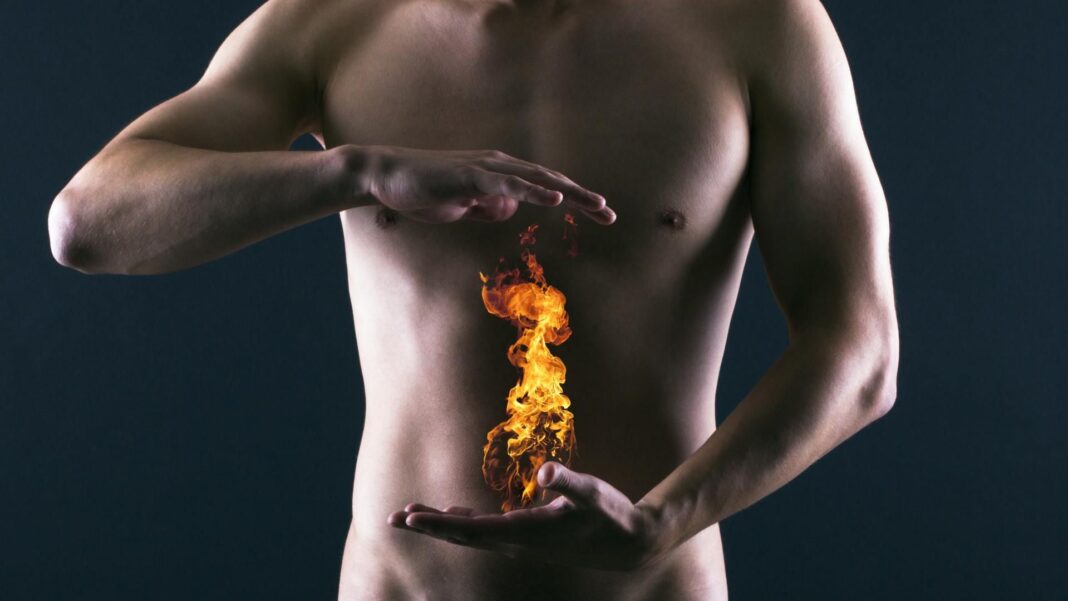Burning – combusti, is damage to the skin and its structures. It is the result of the action of various physical or chemical factors such as heat, fire, electricity, chemicals and radiation. Sometimes burning is combined with general reactions on the part of the body
Burns are grouped into three stages. First degree includes burns that affect only the surface layer of the skin / epidermis /.
Second degree, or dermal burns, are those in which the damage affects the dermis, as in II-A degree we have a superficial involvement of this layer, and in II-B degree the burn has covered the entire thickness of the dermis.
When the combustion affects the structures at an even greater depth, we are already talking about the third degree of combustion.
The need for treatment depends on the severity of the burn. In epidermal burns, the treatment is conservative / no surgery is required /. Second-degree burns are expressed by the formation of bubbles of different sizes, filled with fluid. They are treated with bandages designed to absorb the wound exudate. Third degree burns are treated in combination – surgically and with bandages.
Depending on the area affected, burns are local – in small areas or extensive – when they cover a large area of the body. The amount of combustion is indicated in percentages (%) and is calculated according to established uniform schemes. The age of the affected patient is important because the percentage of head-to-limb ratio in children and adults is different.
In view of the possibility of complications and long-term treatment, burns of any type must be treated in specialized burn units.
The skin is the largest and most complex organ in the human body, which performs many important functions – it provides a barrier between harmful microorganisms and adverse environmental factors and the human body. It maintains immunity, regulates body temperature and helps maintain a constant composition of body fluids. The skin has sensory and a number of other important functions. When we have a burn, the skin breaks its integrity and cannot perform its functions. If the percentage of burns is high, the human body cannot compensate for the impaired functions, disease changes occur in all organs and systems and with improper treatment the prognosis is quite negative.
Inadequate treatment, even for small burns, has lasting consequences of an aesthetic and functional nature. The treatment of thermal trauma requires a complex interdisciplinary approach and well-trained specialists, so I advise people to turn only to strictly specialized departments and doctors when it comes to burns.
When is conservative treatment required and when is surgical treatment required?
Superficial burns (I and II degree) are subject to conservative treatment, which are expected to epithelialize within two to three weeks. This treatment includes hydrotherapy and surgical removal of all dead tissue, the intervention being performed, of course, under anesthesia.
A topical preparation is applied to the damaged area, often specialized bandages containing nanocrystalline silver. Silver is a powerful antiseptic and keeps the wound from infection until it heals. After complete epithelialization, hydration of the affected area and protection from direct sunlight for a minimum of six months is recommended.
Deep burns / II and III degree / are subject to surgical treatment. Under general anesthesia, surgical removal of dead tissue and covering of wounds with free skin autograft with a full-layer or split dermal autograft is performed. With limited burns, it is possible to cover the defect with local tissues.
In the postoperative period, a strict hygienic-dietary regime is observed, and rehabilitation is started as early as possible.
Congenital and acquired skin and soft tissue defects. When it comes to plastic surgery
In the hospital wards of plastic and reconstructive surgery all interventions in the field of aesthetic surgery are performed:
• Lipofilling;
• Upper and lower blepharoplasty, cantopexy;
• Aesthetic rhinoplasty;
• Auricoloplasty;
• Facelift and platysmoplasty;
• Augmentation mammoplasty;
• Reduction mammoplasty;
• Mastopexy;
• Correction of tubular and tuberous breasts;
• Gynecomastia;
• Abdominoplasty;
• Thigh lifting;
• Contouring by placing implants in different areas of the body.









